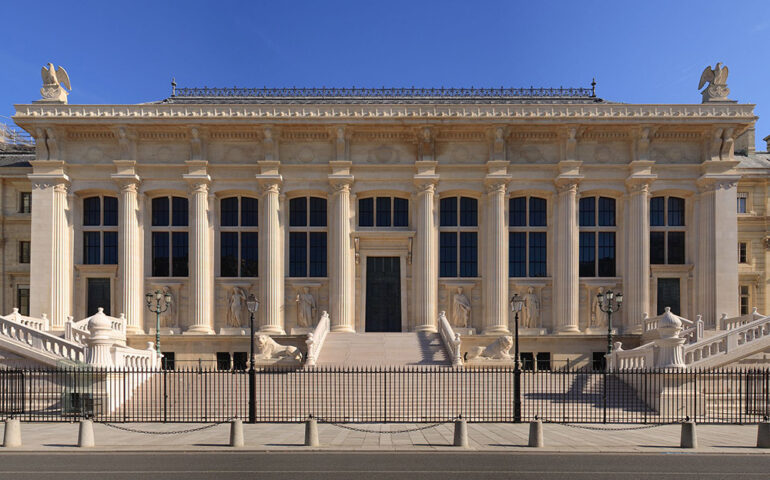At the beginning of the 11th Century, the Capetian Kings built a palace on the Ile de la Cité, which at the time was the royal residence and the seat of the institutions of power. In 1358, a revolt at the palace left Charles V deeply worried, and he left this residence for The Louvre. The kings never returned there. However, the parliament, the Court of Justice, the Chancellery and the Chambre des Comptes remained in place. After the revolution, the parliament and the tribunals of the previous regime were disbanded by the Constituent Assembly. The Revolutionary Tribunal that was installed in their place condemned them all to death in 1795, and their members were sent to the guillotine.
Shortly after his coup in 1799, the future Napoléon I undertook a renovation of the buildings. The work was concluded in 1870, and they were reprised after the fire that was started by the Communards in 1871. The Palais de Justice acquired its current fascia in 1914. Today, it is the setting for the most important legal proceedings and the highest levels of the judiciary – The High Court, The Court of Appeal and The Supreme Court (the highest tribunal in Paris).
Image source : http://fr.wikipedia.org/wiki/Palais_de_justice_de_Paris


